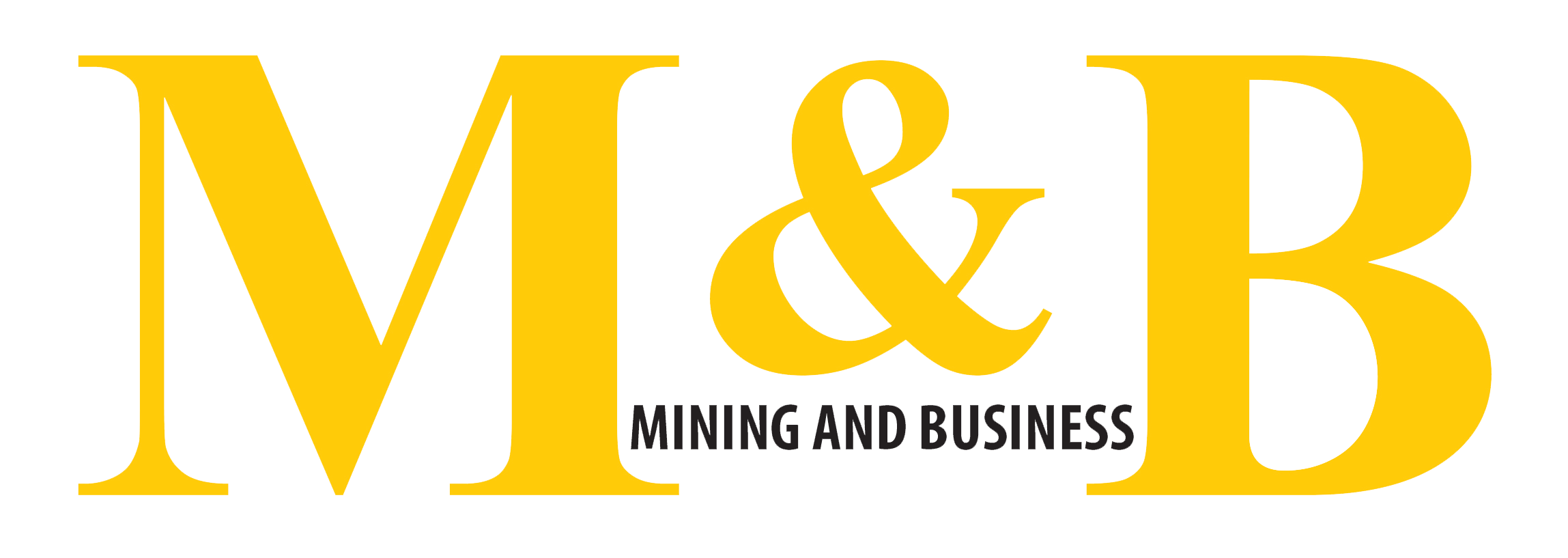Can you please present, the company that you’re you are representing here today ?
Sure. So I said, my name is Annabelle Oesthuizen. I’m the chief commercial executive at Kamoa Copper SA. Kamoa Copper is, the biggest copper mine in Africa and the 3e biggest copper mine in the world.
Can you please explain to us, the partnership that has benefited the company?
I expect that you mean specifically partnerships with our suppliers Yes. Partnerships with our local communities. It’s been extremely important.
So, Ivanhoe who are the one of the JV partners have been present present in the DRC for 27 years now, close to 27 years. So it’s been a very long journey. We started construction in 2019 and went into first production in 2021.
And it’s really been thanks to the successful relationships with our communities, with local subcontractors, with local suppliers, with our employees.
So the mine has expanded in a very short space of time. So 2021, first production. 2024, third biggest copper mine in the world, largest copper mine in Africa. Certainly the largest copper mine in the DRC. So those relationships have been extremely important but built up from a grassroots perspective.
So there’s there have been years of trust and years of input from Kamoa into our communities, into our employees, into our our business partners and today we’re really seeing the benefit of that. Considering Kamoa size, those communities, those businesses have grown with us.
They’ve taken that journey with us. I think there are there are 2 aspects. The one is really grassroots, the community surrounding the mine, which is extremely important, and the other is also supporting the economy. So if I can start, perhaps I’ll start with the economy part, although they’re both equally important.
For context, Kamoa, contributes towards 6% of the country’s GDP. 6%. It’s significant.
It has to be treated, with with precision and with wisdom. And we’ve built up relationships with local suppliers, not just, your your distributors that buy from other countries import, but literally supporting manufacturing, supporting the economy.
It’s important because there you you touch not only the entrepreneurial companies that you work with, but you also touch the families. So it’s there’s a multiplier effect there considering 6% of of GDP, So a massive contribution.
Last year our our local spend was close to 3b billion dollars of local spend. It’s significant, and and so meaningful and we can see it. We see it not only in Kolwezi where the mine operates, but but in greater areas as well.
When I travel in Kinshasa, when I travel in Lubumbashi, I’m confronted with entrepreneurs who come and tell me that Kamoa have changed their lives. Kamoa has changed the entire trajectory of that company. It’s important. Equally important is what we do on the grassroots level. So what do Minds do ?
Minds build schools, they build clinics. They have community workshops, they give adult basic education workshops, they support women in the communities, they build early childhood development centers, we do that.
We do all of that, far more than other mines do. We have nearby mines that visit us. We have mining groups that visit us who all are inspired by what it is that Kamoa does.
That we do. But what we’ve found to be the most successful is teaching communities to fish.
So literally doing or figuratively shall I say, the concept of giving them that fishing rod. So and and it’s been very successful. So what we’ve done, and I’ll give you some examples, We’ve set up businesses.
So we support community to to set up businesses owned by community members. We support them to identify those community members owned and employees also community members and help them to to develop businesses that have a sustainable livelihood for them.
So, last year, the income of those businesses was $3 billions. Think about that. $3 billions, 900 employee, community members, employees and donors. So they earn salaries, but they also have ownership.
We have the entire depart an entire department that supports them with them and sort of handhelds them. It’s you should actually go to our stand and meet some of them. They’re here.
They build bricks. They have large scale farming projects. They have large scale fish farming projects. They they, manufacture PPE, which is the the equipment. So 900, owners, 50% female.
So the impact that you have on the nearby community is just so much more than just the giving, although we do the giving. But it’s that true sense of making sure that the community is taken along on the journey with us. And and there’s so much to talk. I think I could speak for an hour on this.
Yes. So Kamoa takes part in the mining week every year. I think our presence sort of increases every year. Our true focus was have been those things that I’ve just described to you and really getting the mine in a very short space of time where it’s been.
We’ve we’ve been quite, inwardly focused when it comes to, our our production activities. And we’ve we’ve we’ve realized over the over the I would say the last 3 years how important an event like this is. The amount of connection that happens cross borders.
It’s not just the mining companies. It’s not just about the mining companies. It’s about giving the country access to the industry.
I’ve been here 3 years in a row, and I’ve seen it just grow and grow and grow. So this year certainly has been the best for me, and I think every year, it will it will just be better and better and better.

